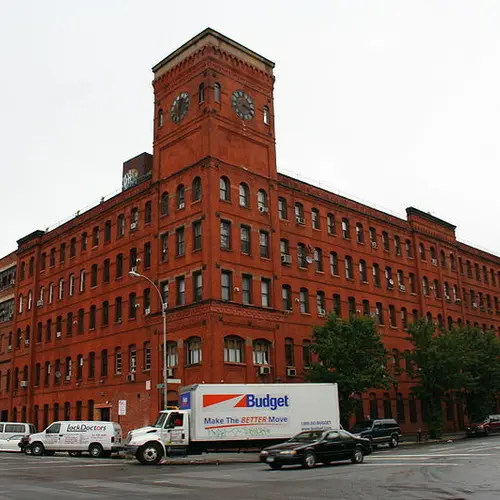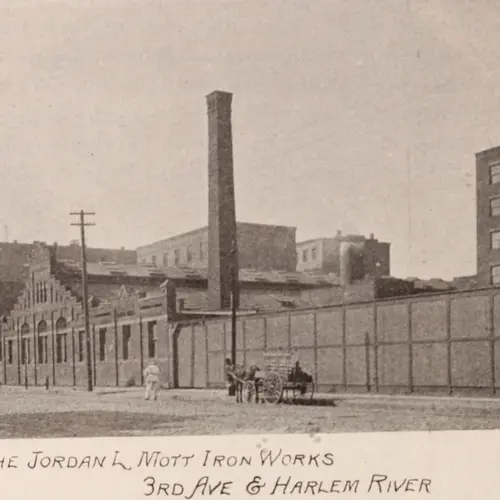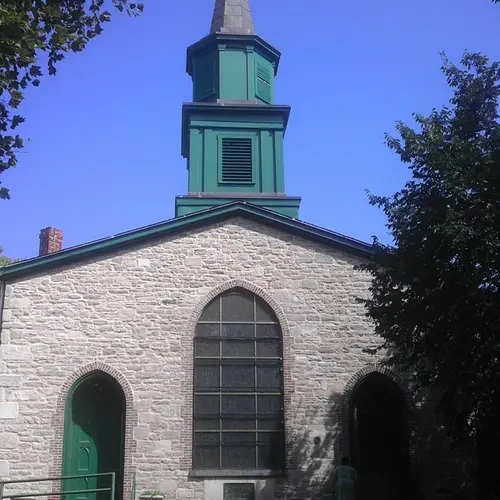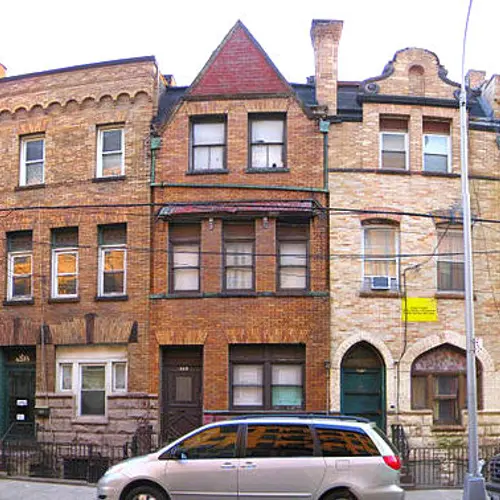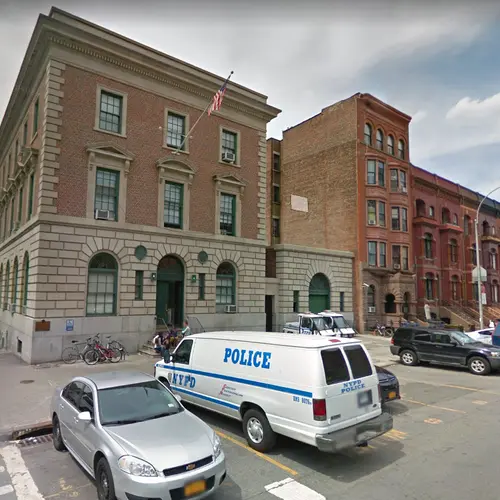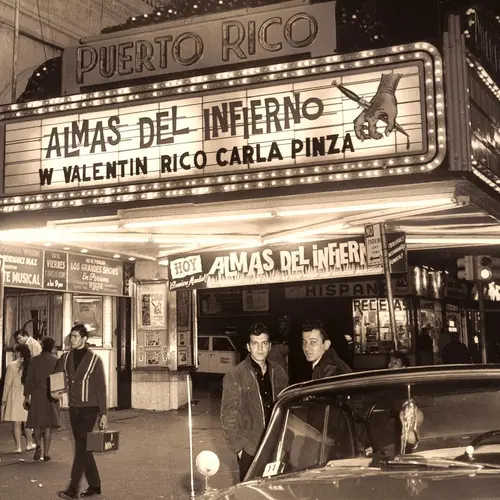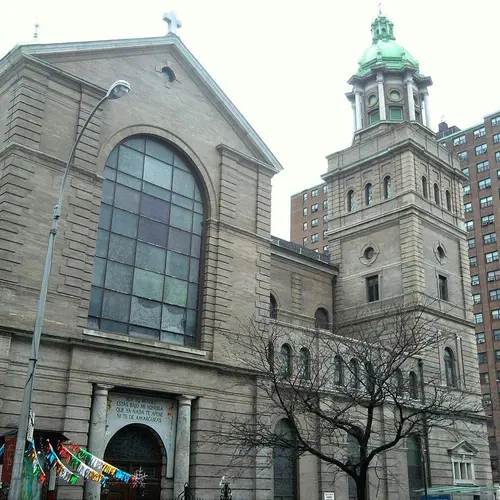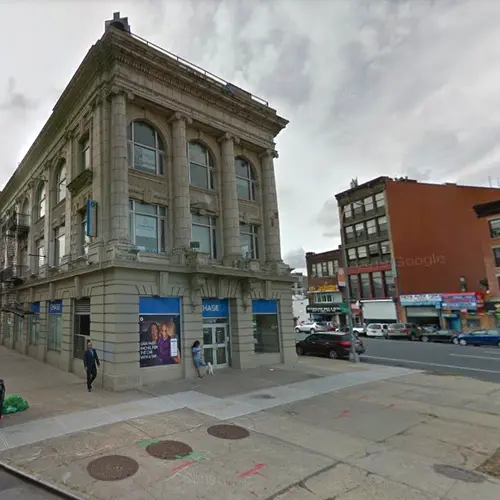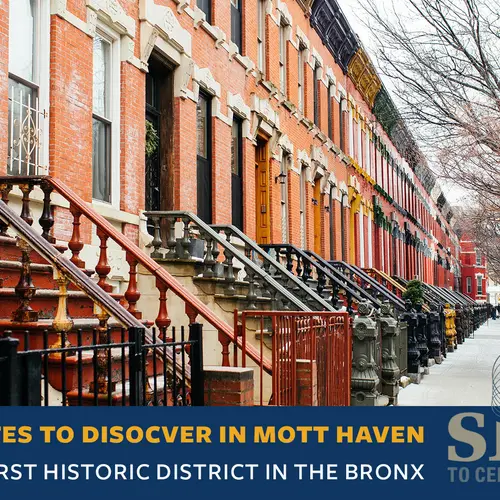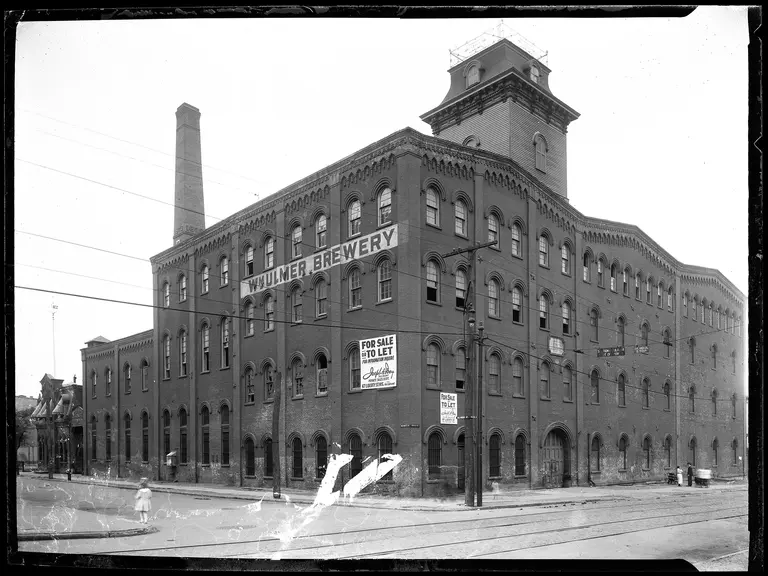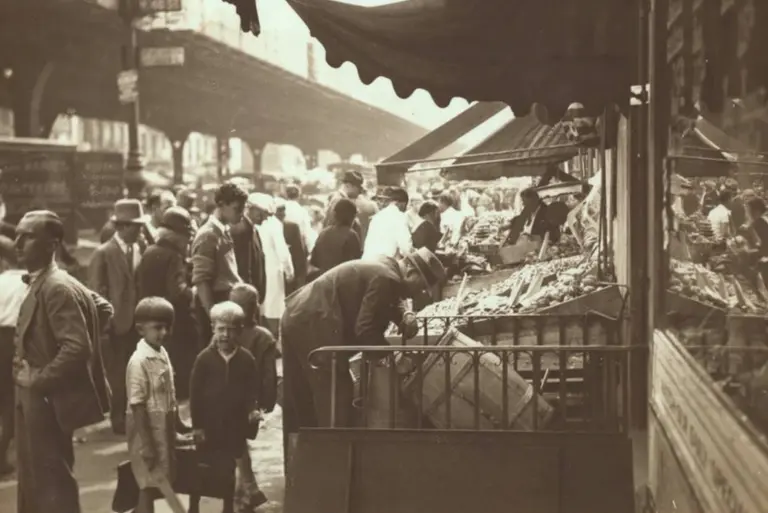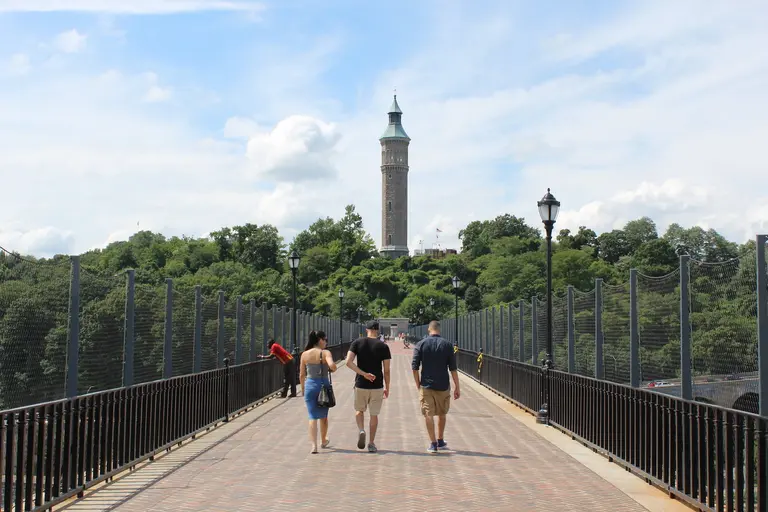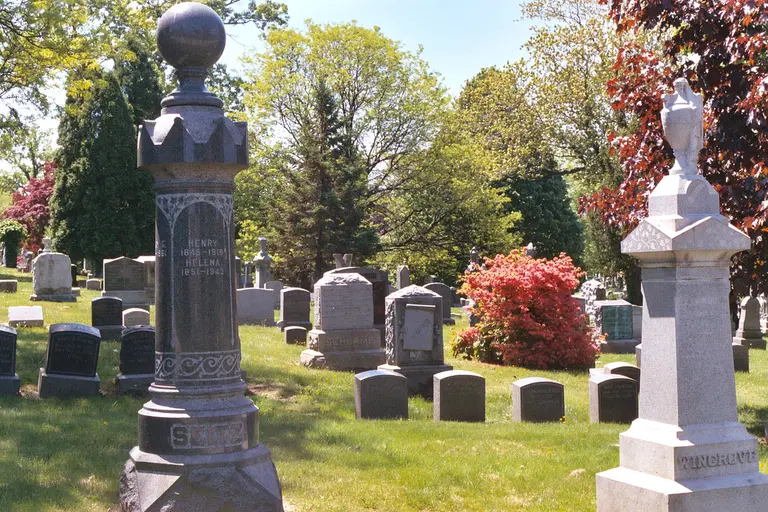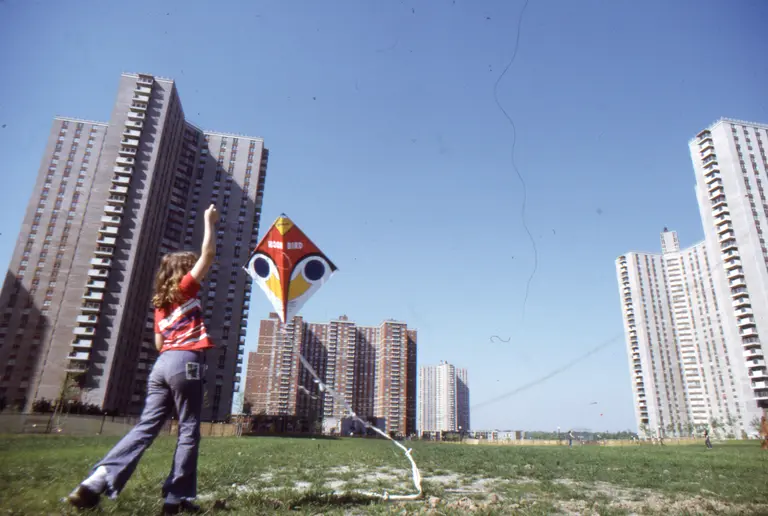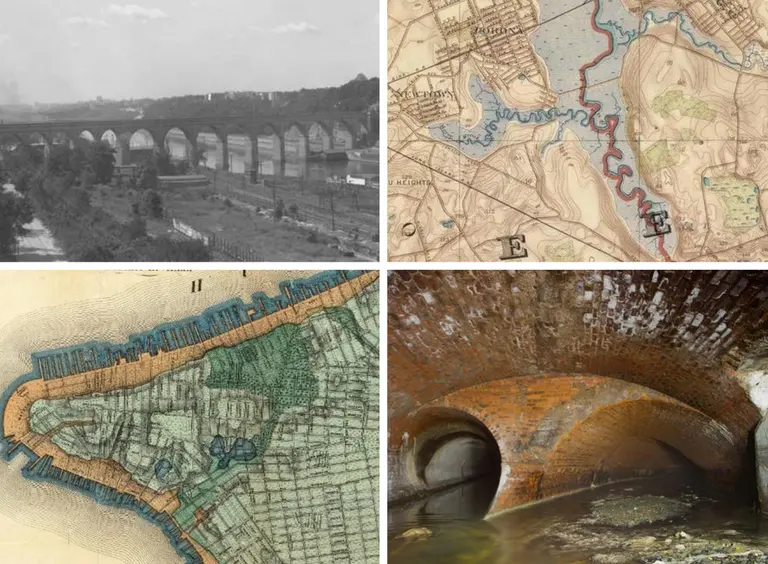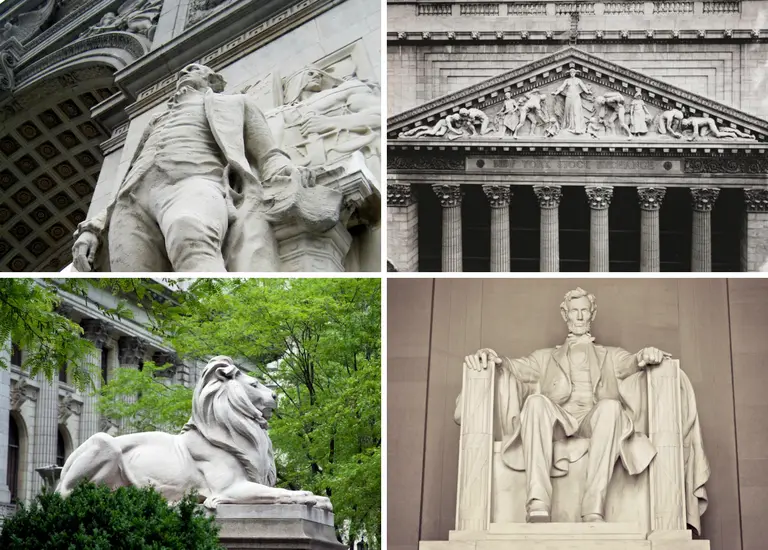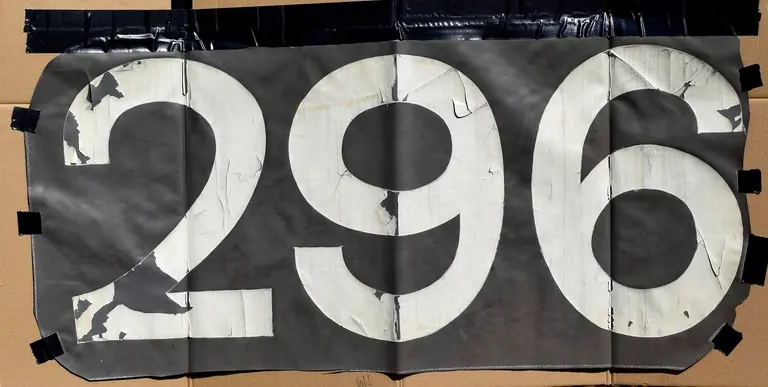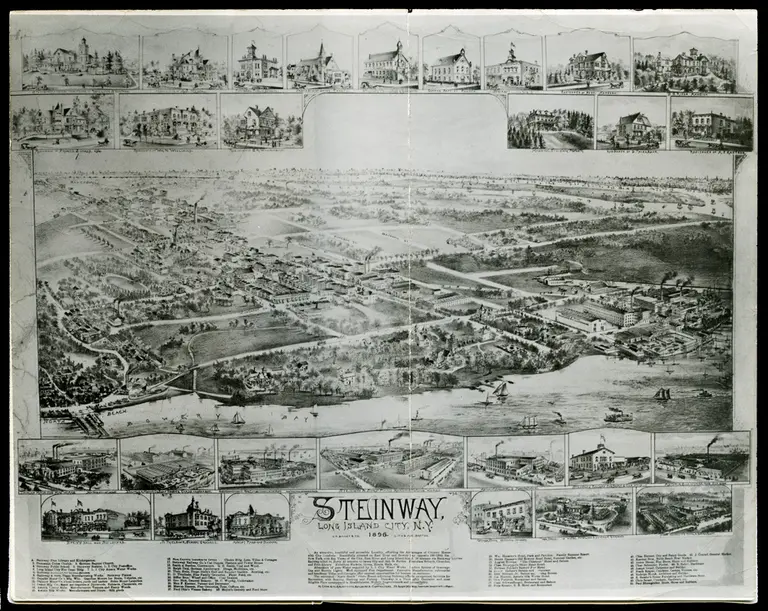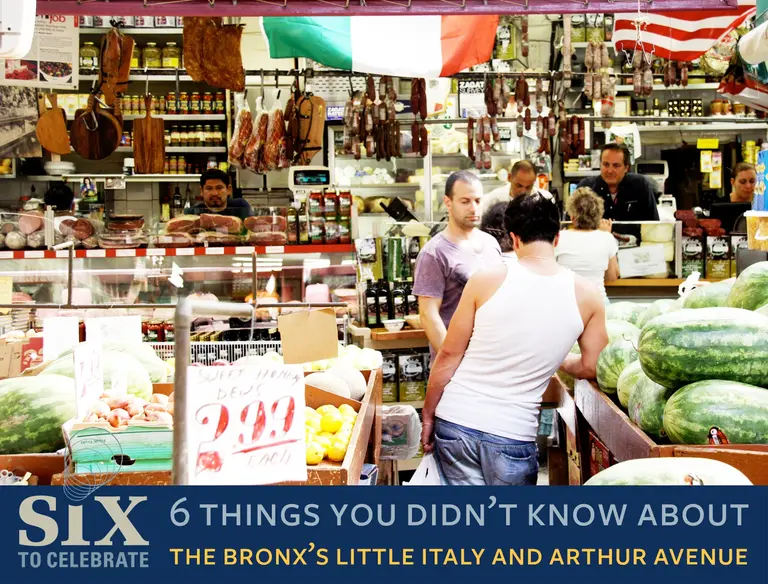10 historic sites to discover in Mott Haven, the Bronx’s first historic district
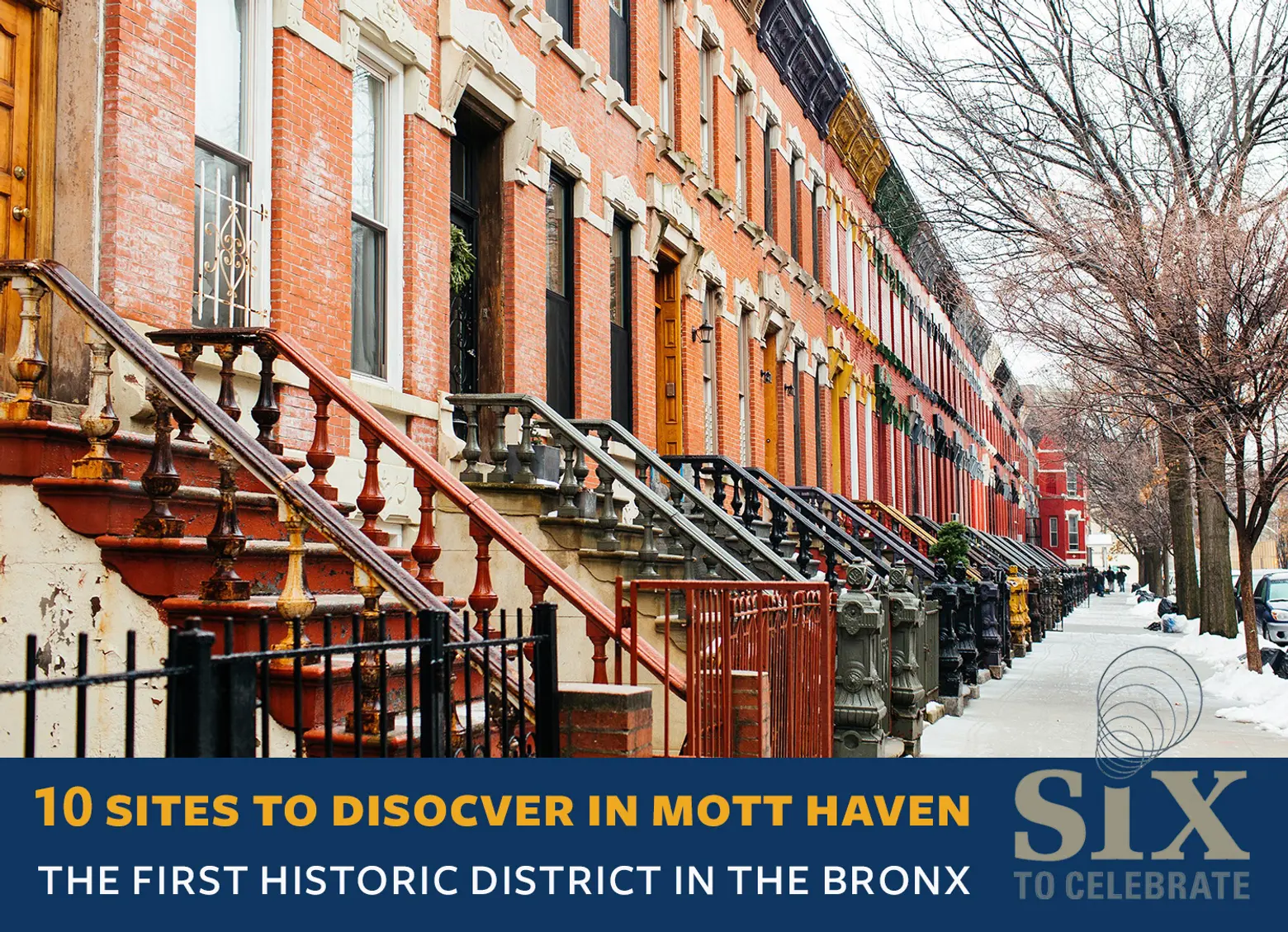
This post is part of a series by the Historic Districts Council, exploring the groups selected for their Six to Celebrate program, New York’s only targeted citywide list of preservation priorities.
This year marks the 50th anniversary of the first historic district designated by New York City in the Bronx. Mott Haven was designated in 1969 by the city’s Landmarks Preservation Commission for its architecture “representative of the best of the second half of the nineteenth century.” Landmarks later designated the Mott Haven East Historic District and the Bertine Block Historic District, also in the neighborhood, in 1994. Designated the same year as the Greenwich Village Historic District, the Mott Haven Historic Districts Association is working to bring this historic neighborhood to the same level of local and national prominence as its Manhattan sibling.
In honor of the 50th anniversary, the Association uncovered the story behind 10 historic sites in Mott Haven–from the ironworking factory that lent its name to the neighborhood to two incredibly intact stretches of rowhouses to an early piano factory.
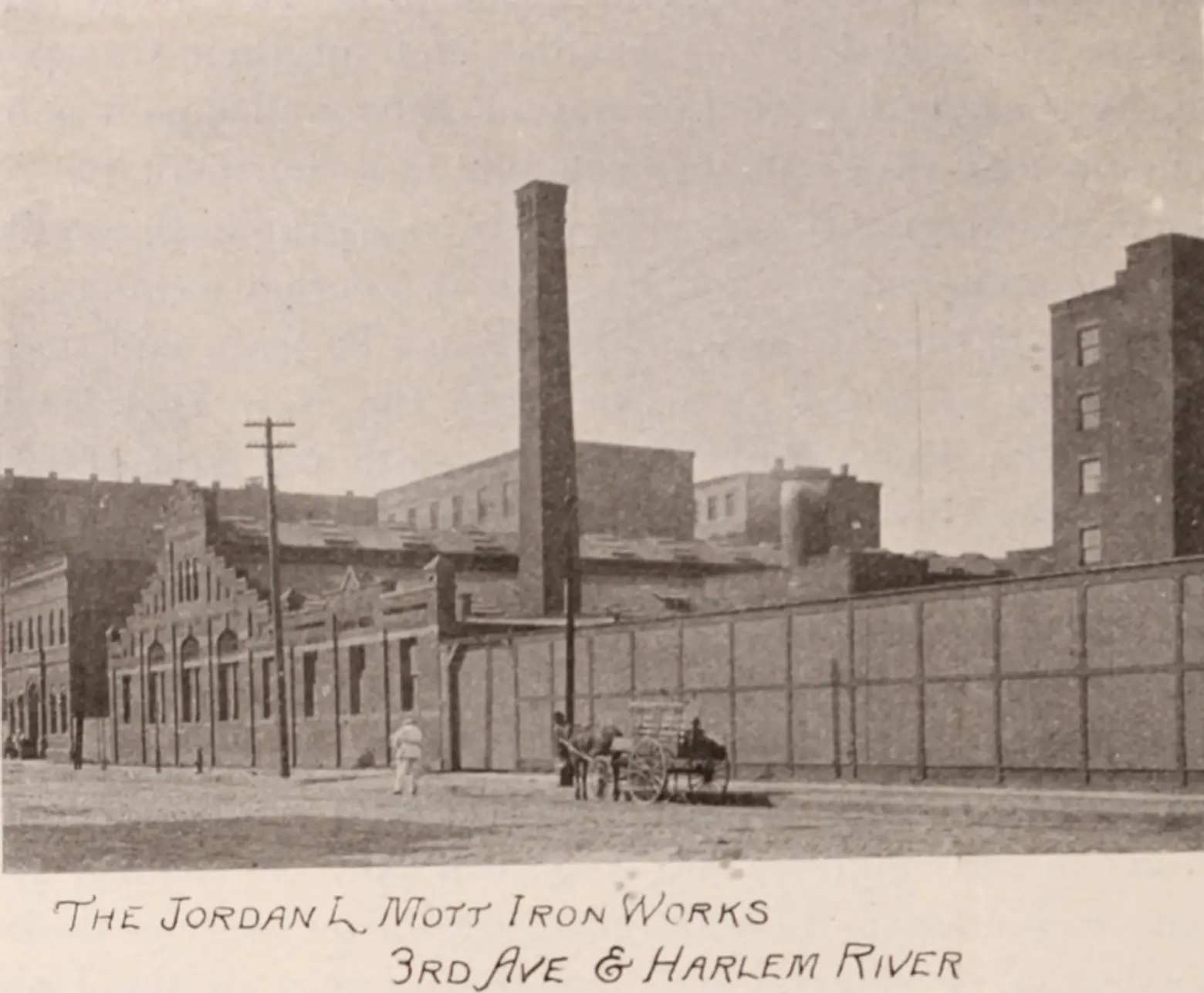
Via Wikimedia
1. J.L. Mott Iron Works
Jordan L. Mott, the inventor of a coal-burning stove, was the first industrialist to locate in the Bronx, having first established his first ironworks in Manhattan in 1828. He created the Hamlet of Mott Haven by purchasing large tract in the South Bronx in 1841 and moved his manufacturing operations to a convenient location easily accessible to the Harlem River and newly opened New York and Harlem Railroad line. The company grew to manufacture a wide range of products, including household goods, fountains and fences, and many of city’s drain and manhole covers.
The complex was repeatedly rebuilt to accommodate expansions and changing needs, and the earliest buildings were of wood-frame construction and burned down at least twice. The oldest existing sections of the factory currently standing at the site on 2403 Third Avenue date to the 1860s, and the main building, designed by Babcock & McCoy, dates to 1882 and was expanded in the 1890s. Mott relocated his works to Trenton in the early 1900s, possibly because the community he had fostered had grown too dense to allow further factory expansion.
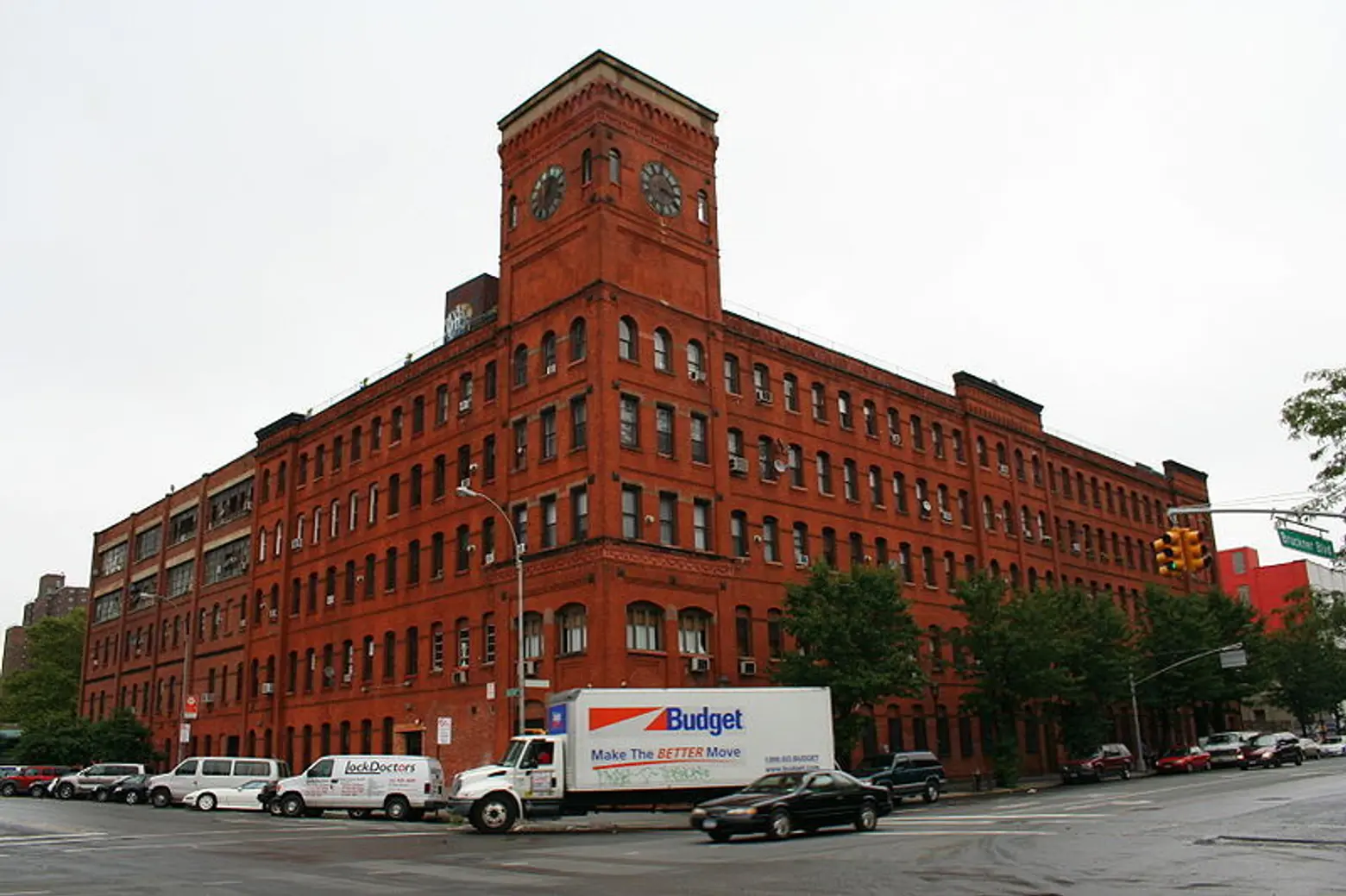
Via Wikimedia
2. Estey Piano Factory
By the early 20th century, 60 piano factories were located in the Bronx, many in Mott Haven. The Estey Piano Factory, with the prominent clock tower at the corner of Lincoln Road and Bruckner Boulevard, is the oldest known piano factory still standing in the borough, opening in 1886. As the business grew, the factory was extended along Lincoln Road and Bruckner Boulevard, with the final phase completed in 1919. The development of the Estey Factory spurred other piano manufacturers to locate to Mott Haven, and 188 Haines Brother Piano Factory can be found nearby at 26 Bruckner Boulevard. The building was designated as an individual landmark in 2006.
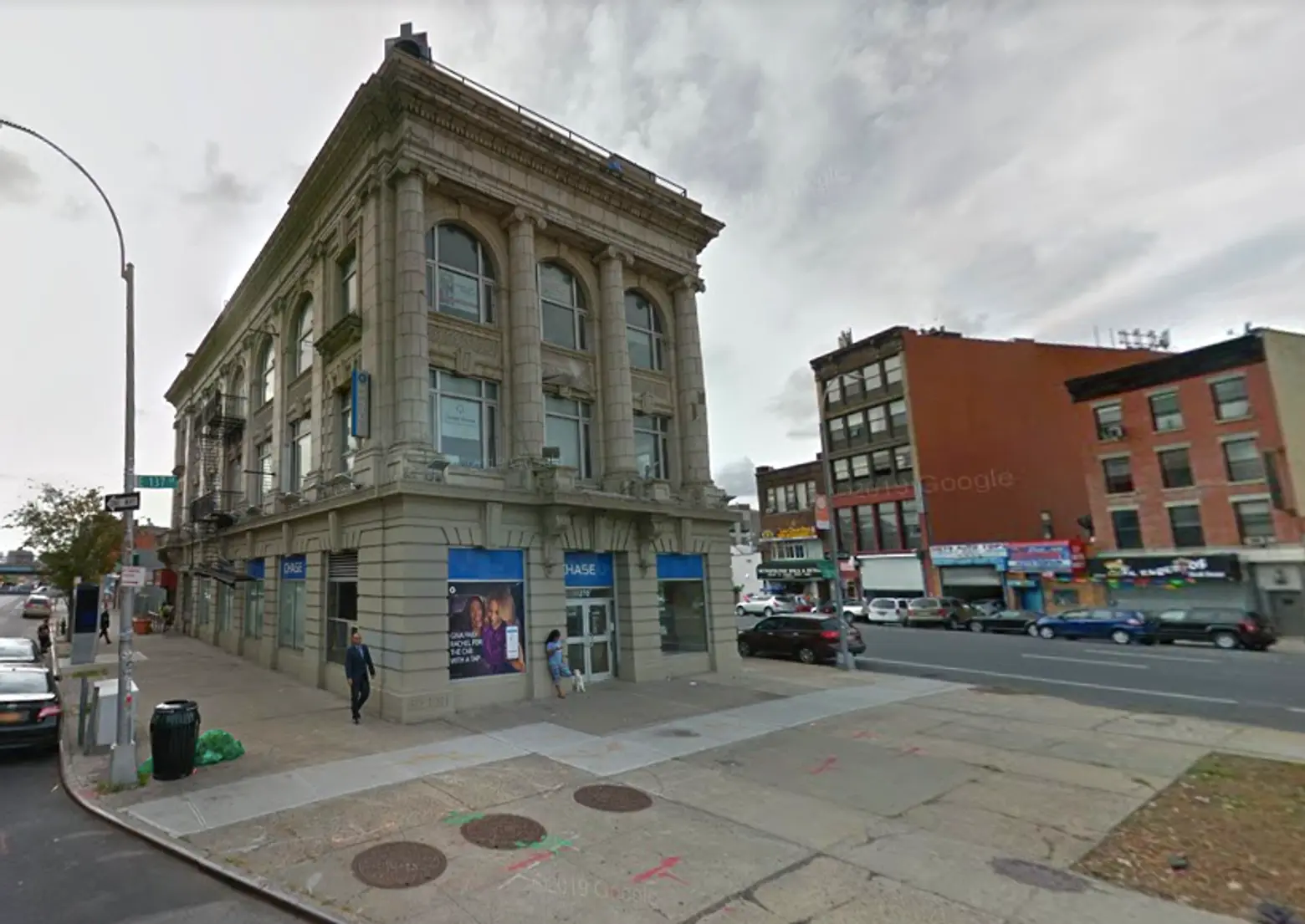
Via Google Earth
3. The North Side Board of Trade Building
The portion of the Bronx annexed to New York City 1874 was commonly known as the North Side. Its Board of Trade was a civic organization advocating for the borough. Albert E. Davis, the building’s architect, was also the Board’s founder, and first president. He selected the site at 270 East 137th Street as the “gateway to the borough.” The building’s Neoclassical design displays Ionic columns and pilasters and round-arch windows, with upper stories clad in white terra cotta and the base faced in rusticated granite.
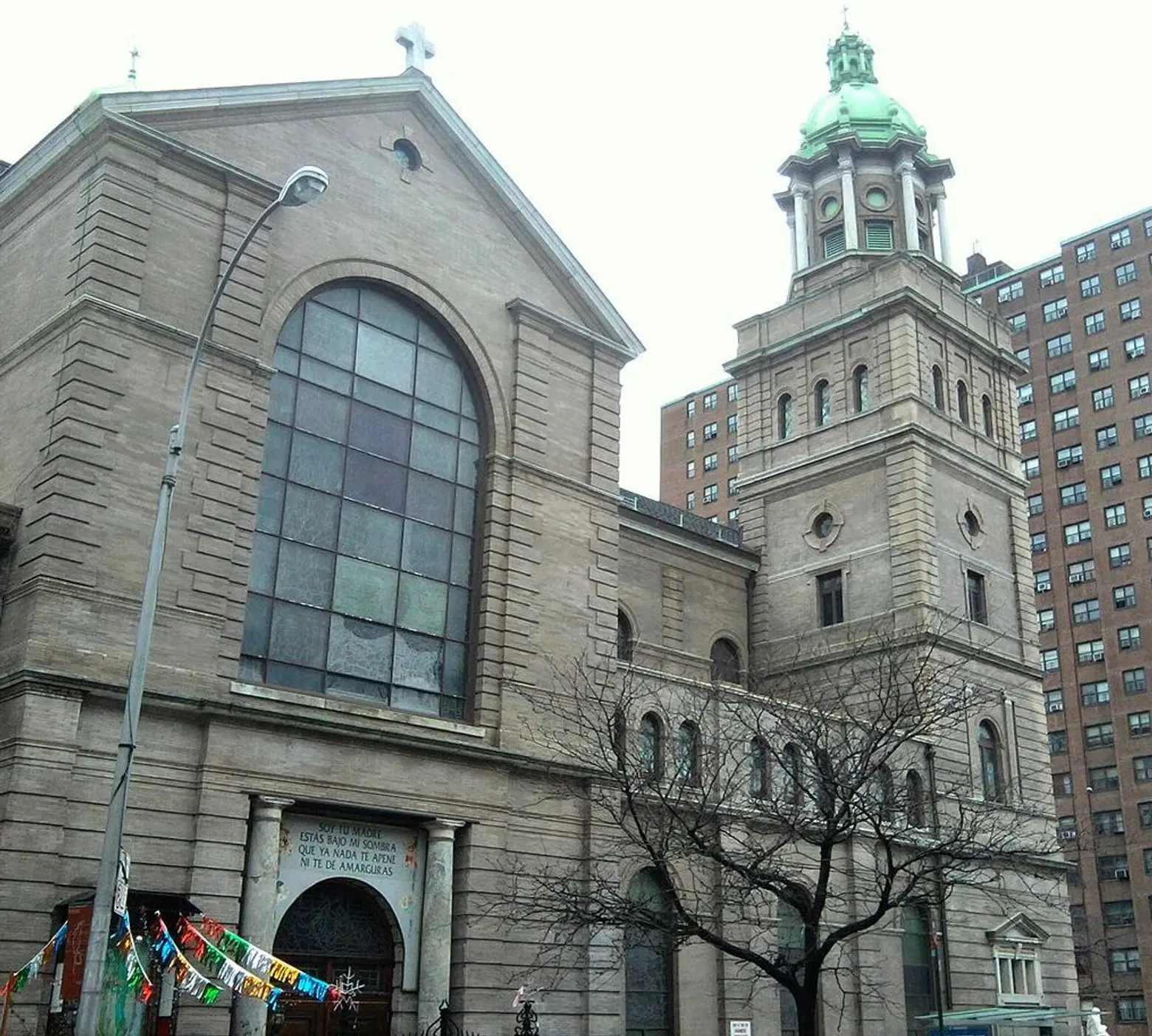
Via Wikimedia
4. St. Jerome’s Roman Catholic Church
This 1898 Church complex occupies the entire block front between East 137th and East 138th Street and was built to serve a predominantly Irish-American congregation. The Church was the last building in the complex to be constructed. The red brick Victorian Gothic school building at the southern end of the block dates to 1869, and was followed by the neo-Grec rectory next door. The Church remains an outstanding example of the Renaissance Revival style, with Ionic and Tuscan columns and elaborate cornices and entablatures. The entire complex is within the Mott Haven Historic District.
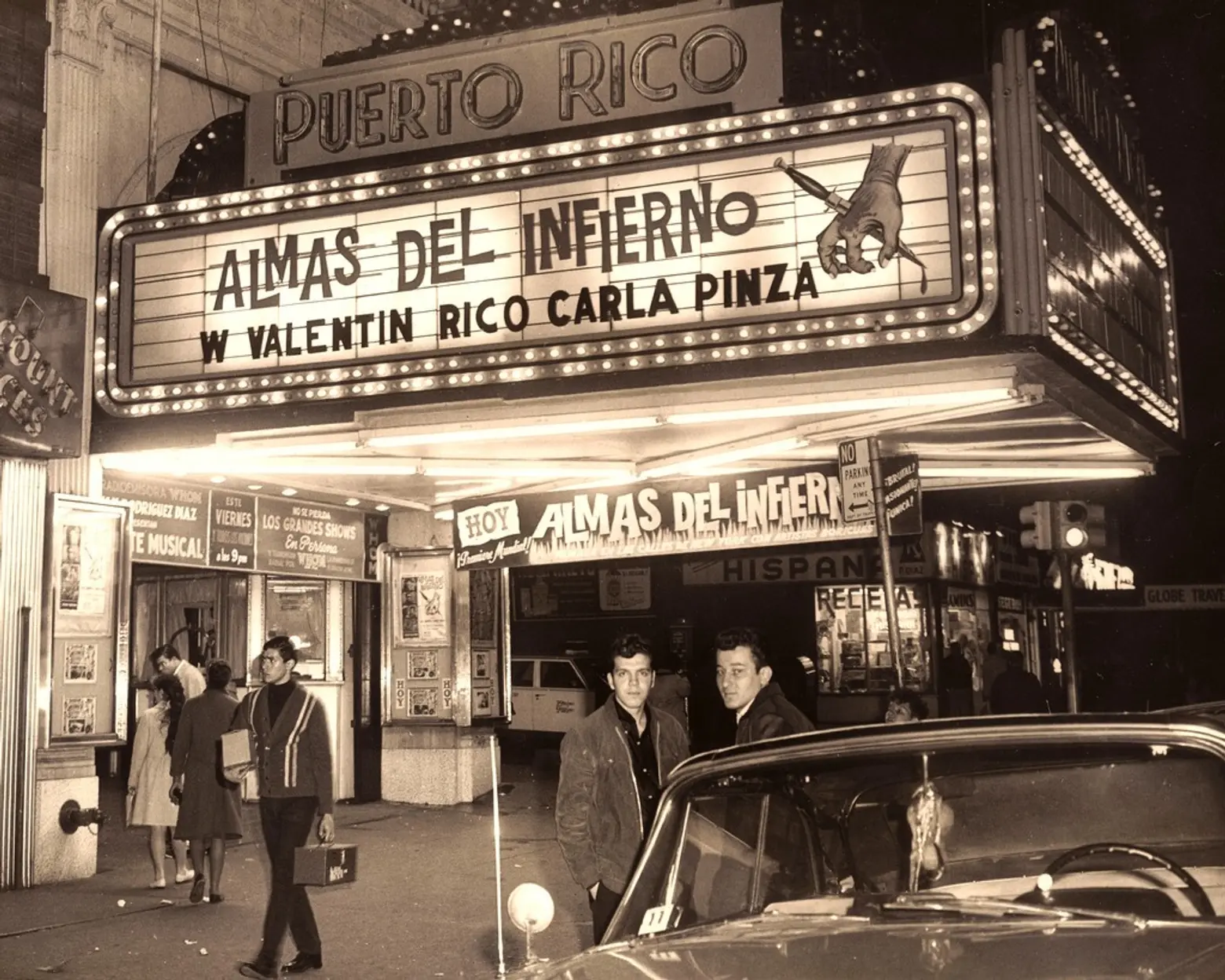
The theatre in 1966; via Wikimedia
5. Forum Theatre/Teatro de Puerto Rico
The Forum Theatre, at 490 East 138th Street, was conceived by impresarios Haring & Blumenthal and built as a 2,700-seat vaudeville and movie house to designs by theatre specialist Eugene De Rosa. The theater declined with vaudeville and the rise and the rise of larger modern movie theaters. In the years following Works War II, the theater found new life as the Teatro de Puerto Rico, serving the area’s growing Latin-American population. Stars like Tito Puente, Cuba’s Tres Patines, and Argentine singer Libertad la Marque all graced its stage. The theater closed in the 1980s, and the building is now occupied by a church congregation.
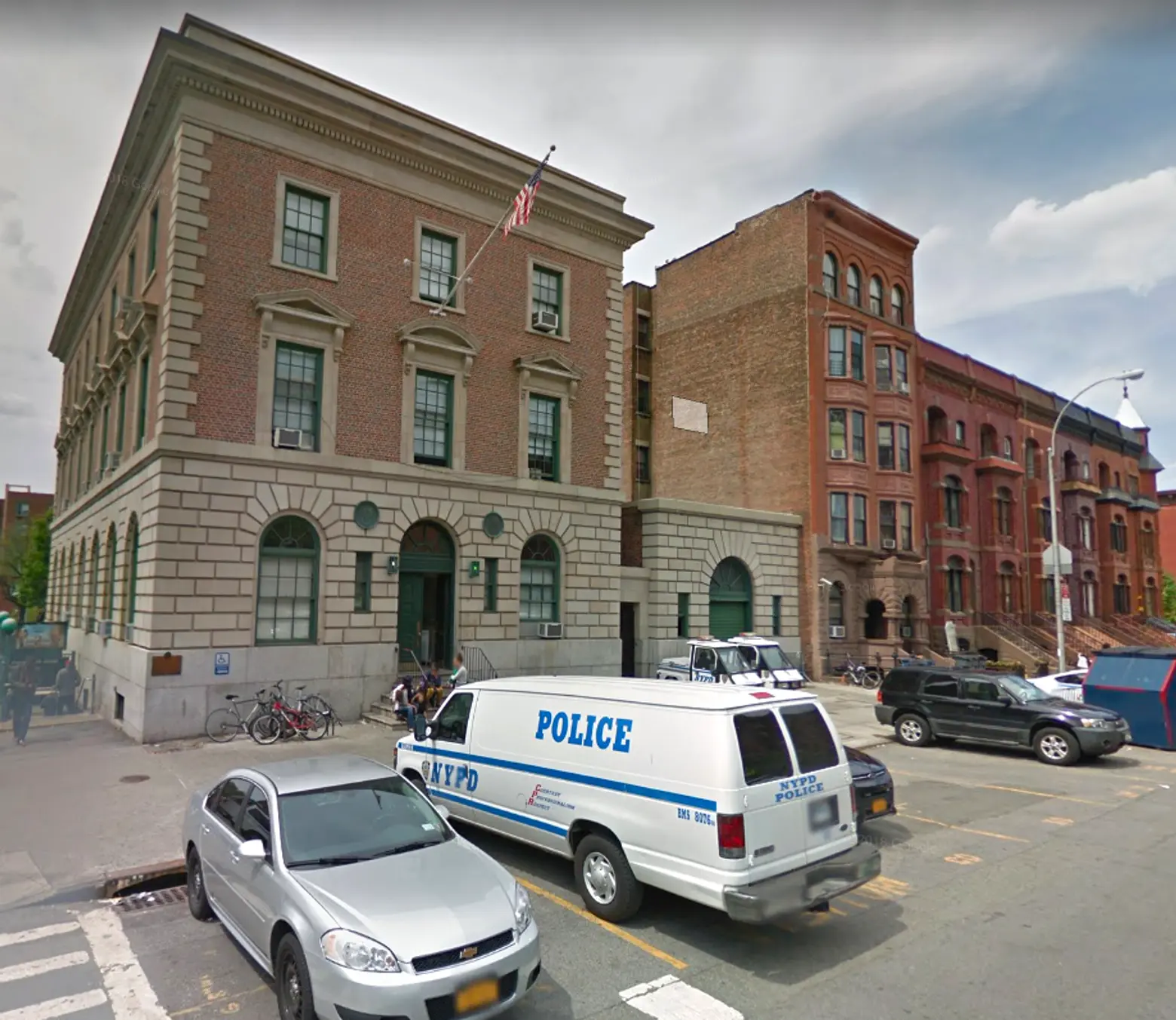
Via Google Earth
6. 40th Police Precinct Station House
A stately Neoclassical structure built during the City Beautiful movement, a holistic urban planning approach of the early 20th century that sought to foster civic virtue through elevated design. The station, at 257 Alexander Avenue is intended to resemble Florentine palazzi, and in red brick and limestone with Renaissance details. It was designed by Bronx resident and police lieutenant Thomas O’Brien, who ultimately rose to become the NYPD’s Superintendent of Buildings. The station is within the Historic District.
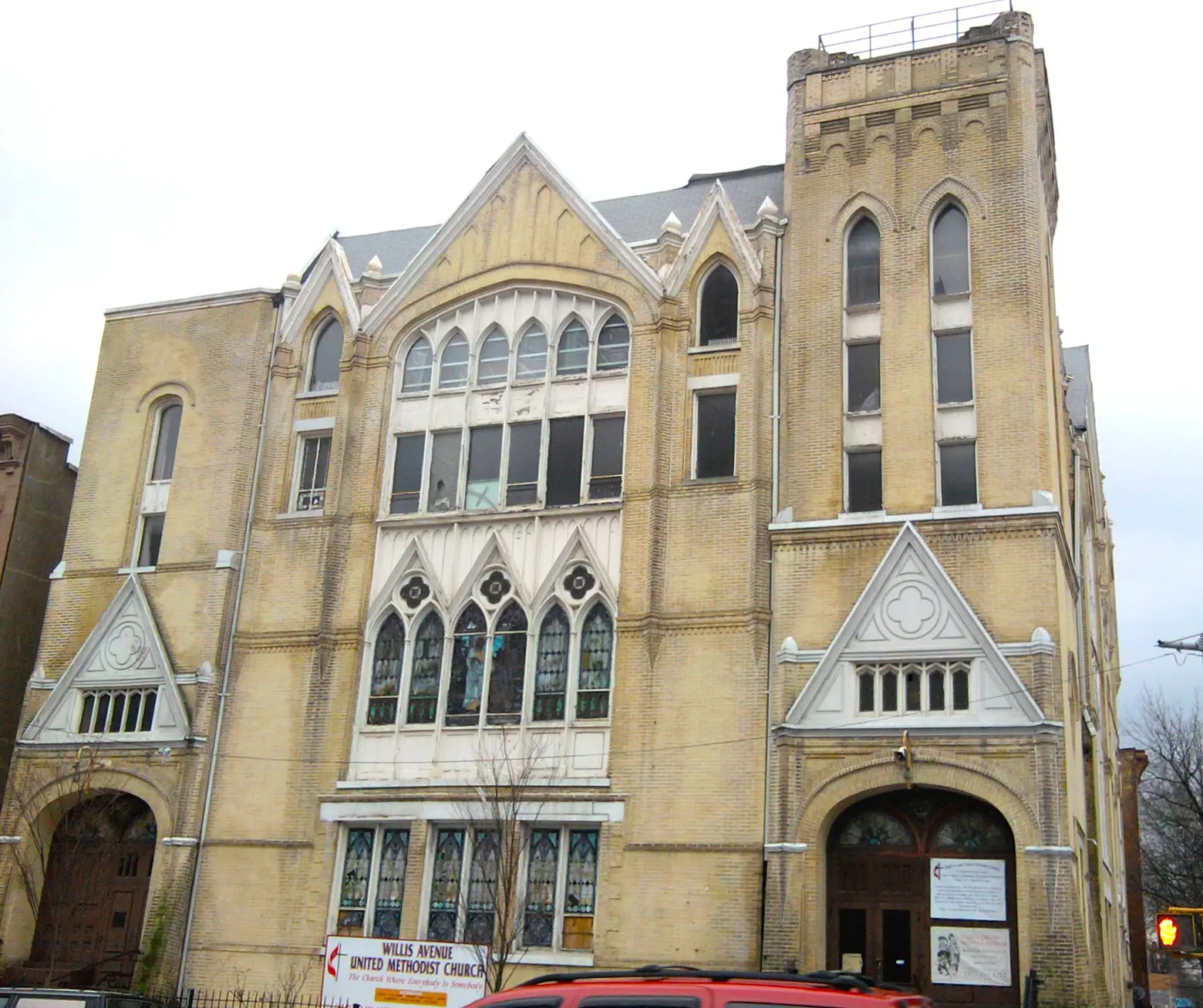
Via Wikimedia
7. Willis Avenue Methodist Church
This large and imposing church building, complete in 1900 at 330 Willis Avenue, reflects a growing and flourishing community at the turn of the century. The main sanctuary sat 1,000, and there was a 500-seat lecture hall in the basement. The upper stories contained Sunday school facilities for another 1,000 children. Prominent ecclesiastical architect George W. Kramer designed the building façade with buff brick with limestone trim and an expanse of delicate pointed-arch windows. The corner bell tower was once topped with a pyramidal roof.
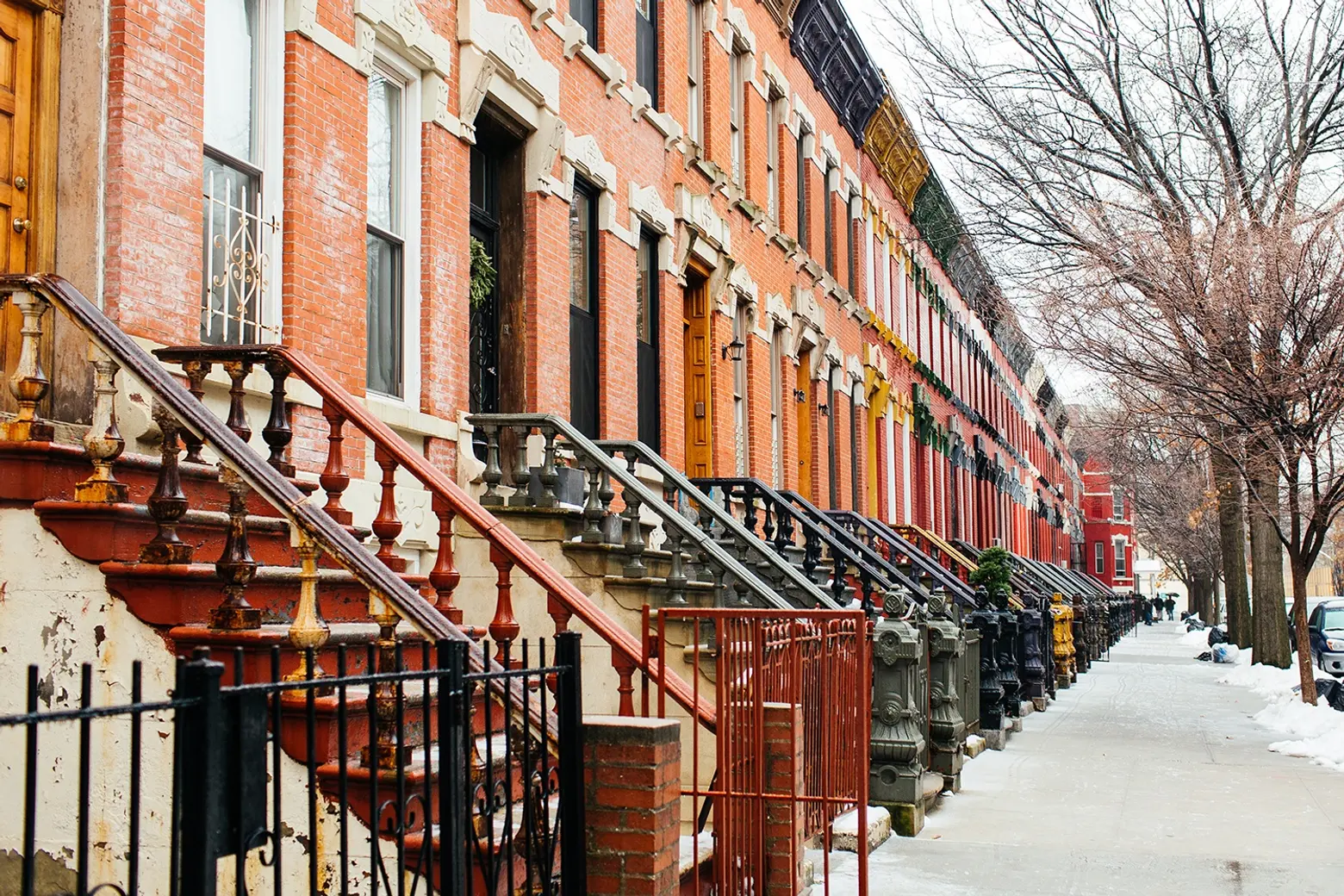
Photo taken by Erin Kestenbaum exclusively for 6sqft
8. William O’Gorman Residence
In the residential enclave of the Mott Haven East Historic District, a collection of turn-of-the-century rowhouses and tenements, this house possesses at 427 East 140th Street displays one of the most elaborate facades. Speculative developer William O’Gorman, in partnership with architect William Hornum, developed the north side of this block of 140th Street, with his own residence bookending the row. The house presents a facade of ornate Roman brick trimmed with limestone, topped by a Flemish-inspired scrolled gable and clay-tile roof. The O’Gorman house and its neighbors are among the oldest and intact residential blocks remaining in the Bronx.
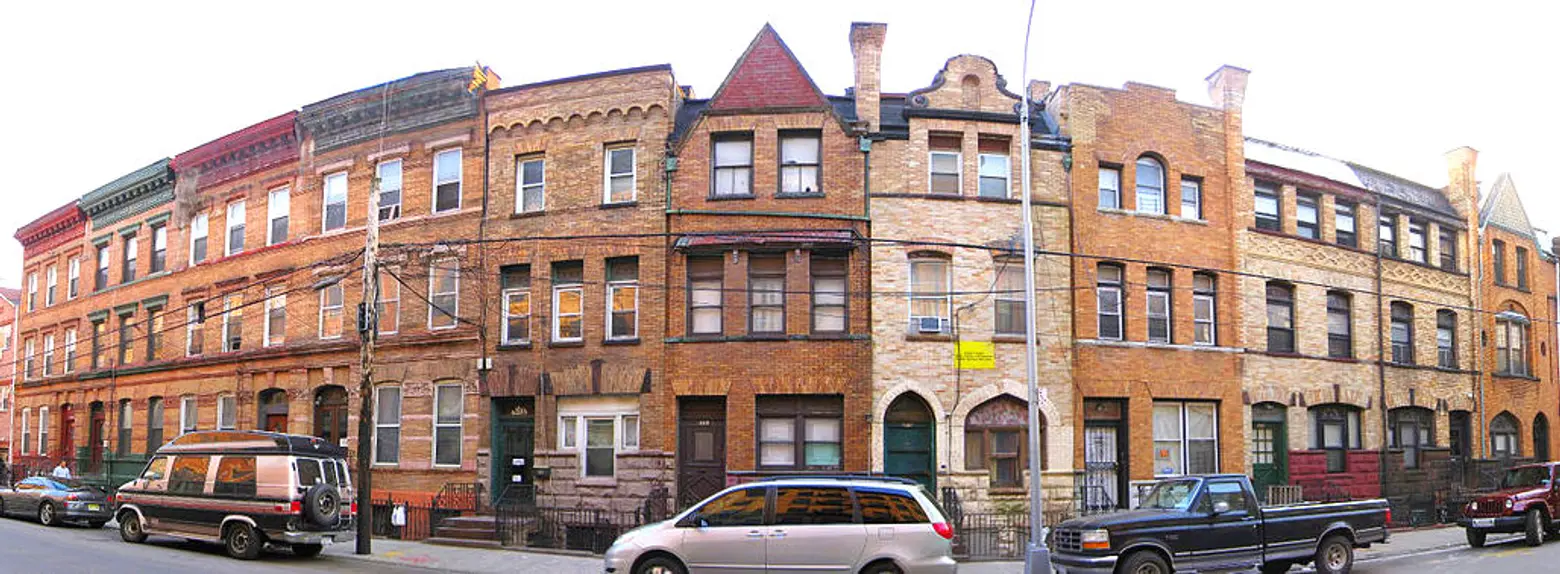
Via Wikimedia
9. Bertine Block
The Bertine Block Historic District is composed of 31 residential buildings lining 136th Street between Willis Avenue and Brown Place, developed between 1877 and 1899 by Edward Bertine. The majority of the residences were built following the completion of the Suburban Rapid Transit Company in 1887. The district is a catalog of popular residential architectural styles of the era, with neo Grec and Queen Anne, and Romanesque Revival rowhouses, Renaissance Revival two-family dwellings, and four Renaissance Revival tenements housing 11 families each.
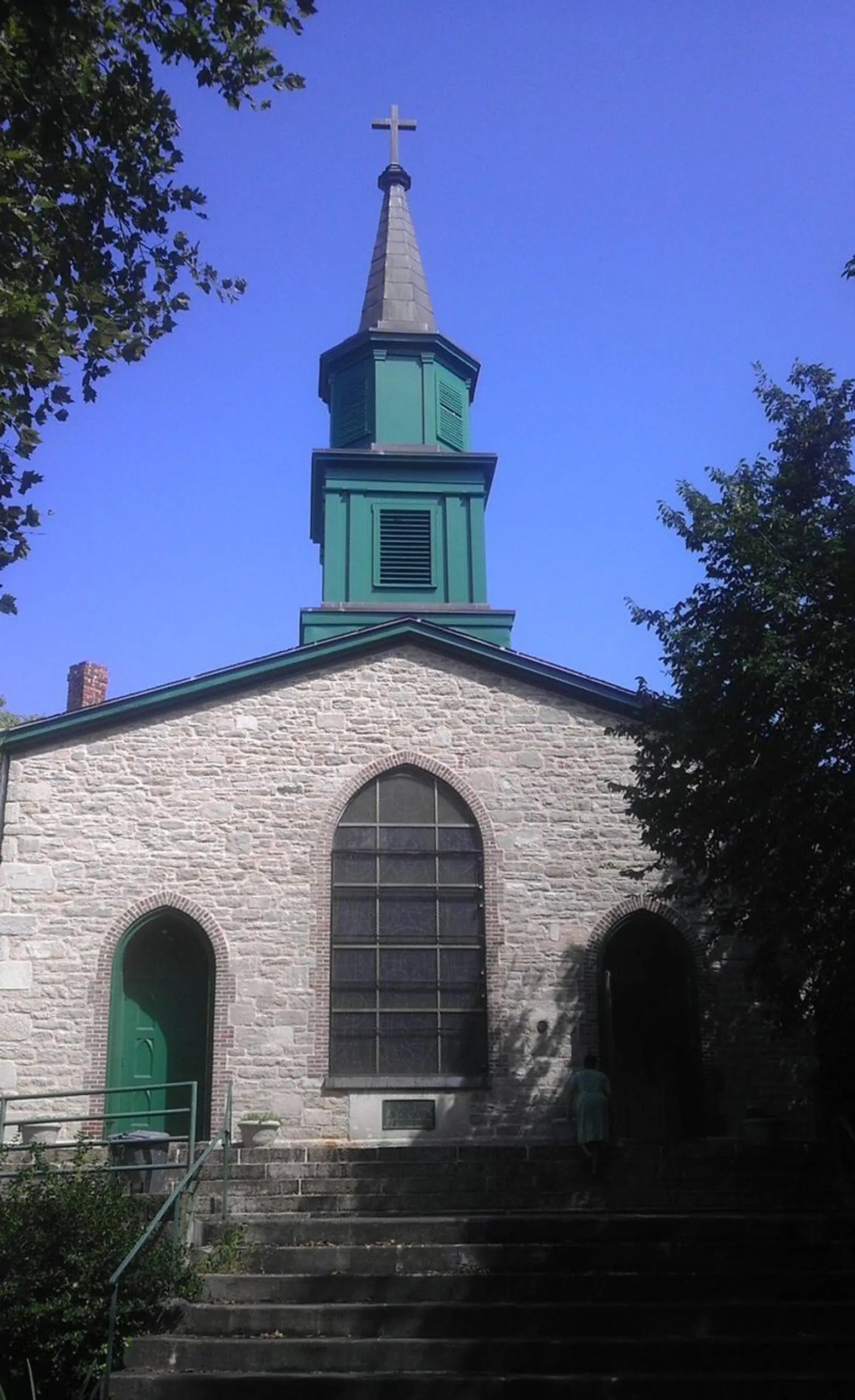
Via Wikimedia
10. St. Ann’s Church and Graveyard
The church at 295 St. Ann’s Avenue, was erected by Governeur Morris, Jr., son of Founding Father Gouverneur Morris, on his estate in 1841 as a memorial to his mother, Ann Cary Randolph. The simple Gothic Revival fieldstone church sits at an angle to the street grid, a vestige of the rural estate it originally occupied. Several members of the Morris family, who are the source of the name of the Morrisania neighborhood, are buried in the graveyard, including the first Governor of New Jersey, Judge Lewis Morris, and General Lewis Morris III, one of the signers of the Declaration of independence. The site was designated an individual landmark in 1969.
RELATED:
- My 2,400sqft: Preservationist and arts champion Samuel Brooks shows off his Mott Haven rowhouse
- Six things you didn’t know about Arthur Avenue and Bronx Little Italy
- Designer Sebastian Errazuriz opens up his South Bronx studio full of functional art and furniture
+++

This post comes from the Historic Districts Council. Founded in 1970 as a coalition of community groups from the city’s designated historic districts, HDC has grown to become one of the foremost citywide voices for historic preservation. Serving a network of over 500 neighborhood-based community groups in all five boroughs, HDC strives to protect, preserve and enhance New York City’s historic buildings and neighborhoods through ongoing advocacy, community development, and education programs.
Now in its ninth year, Six to Celebrate is New York’s only citywide list of preservation priorities. The purpose of the program is to provide strategic resources to neighborhood groups at a critical moment to reach their preservation goals. The six selected groups receive HDC’s hands-on help on all aspects of their efforts over the course of the year and continued support in the years to come. Learn more about this year’s groups, the Six to Celebrate app, and related events here >>
